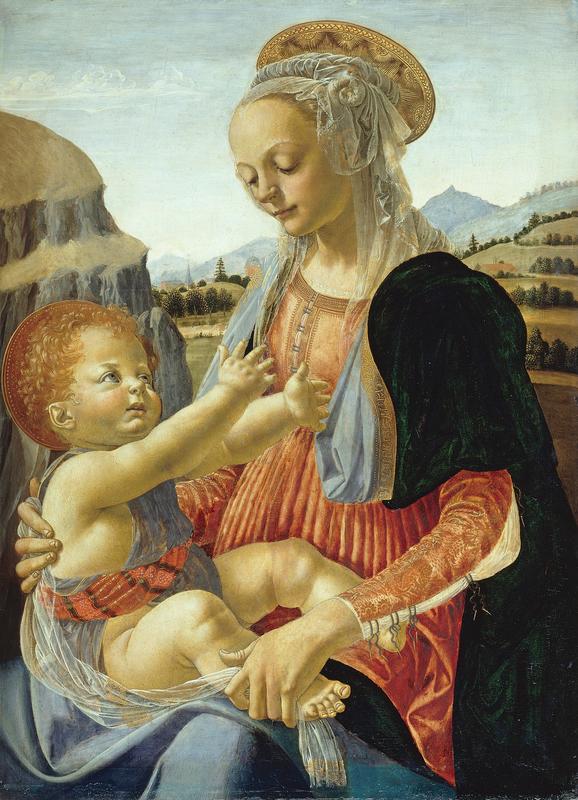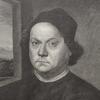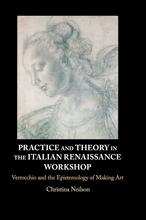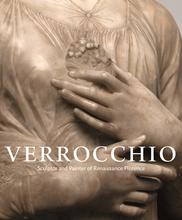More about Mary with the Child
- All
- Info
- Shop

Contributor
Mary with the Seated Child by Andrea del Verrocchio is one of his earliest works (painted between 1468 and 1470), one of the relatively few actually attributed to him, and perhaps his most well-known.
“Madonna with child” is a theme that’s been done countless times through the years, beginning as early as the 2nd century when the Madonna and child were painted on a wall in the Catacomb of Priscilla. Big name artists like Filippo Lippi, Edvard Munch, Donatello, and Giotto (just to name a few of many) have all done famous paintings of Mary. People like Verrocchio popularized the depiction of Madonna with her child, and this made other painters want to put their own mark on the same scene. Da Vinci, for example, was among Verrocchio’s list of talented students in the 1400s, and it’s very likely that he assisted Verrocchio in the completion of his painting Madonna and Child with Two Angels. Da Vinci then went on to paint his own Madonna of the Carnation, a painting of Madonna seated with Jesus not wholly unlike the one depicted above.
This painting is considered virtuoso for its lighting, its landscaped background, and the variety of folds and furrows in their clothing. It’s also famous just for the fact that it can readily be attributed to Verrocchio who, despite having apprentices as famous as da Vinci, has only a handful of paintings identified under his name. There’s a conspiracy theory regarding this: People say that when da Vinci painted one of the angels in Verrocchio’s piece Baptism of Christ, Verrocchio thought it was so beautiful that he quit on the spot, and devoted himself only to sculpture, believing that his own work was not worthy of anything young da Vinci could produce.
The Madonna and child theme has expanded to heights Verrocchio would never have imagined. In my hometown of Encinitas, CA there’s a famously controversial “graffiti” beneath the train bridge where a mosaic mural of a surfing Madonna threads the tube, hands raised in prayer.
Sources
- “Andrea Del Verrocchio.” National Gallery of Art. Accessed July 17, 2020. https://www.nationalgalleries.org/art-and-artists/artists/andrea-del-ve….
- “Andrea Del Verrocchio: A Closer Look.” National Gallery of Art. Accessed July 17, 2020. https://www.nga.gov/features/verrocchio-closer-look.html.
- “Madonna with Seated Child.” Accessed July 17, 2020. http://www.andreadelverrocchio.com/madonna-with-seated-child/.
- Passavant, Gunter. Verocchio: Sculptures, Paintings and Drawings. London: Phaidon, 1969.
- Perry, Tony. “'Surfing Madonna' Mosaic in Encinitas Removed.” Los Angeles Times. Los Angeles Times, June 23, 2011. https://latimesblogs.latimes.com/lanow/2011/06/surfing-madonna-mosaic-i….
- Tom.mccabe. “A History of Madonna and Child in Fine Art,” February 1, 2019. https://www.freemansauction.com/news/history-madonna-and-child-fine-art.













